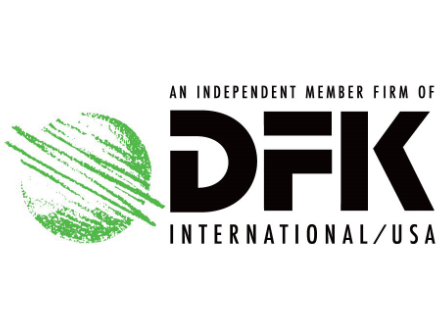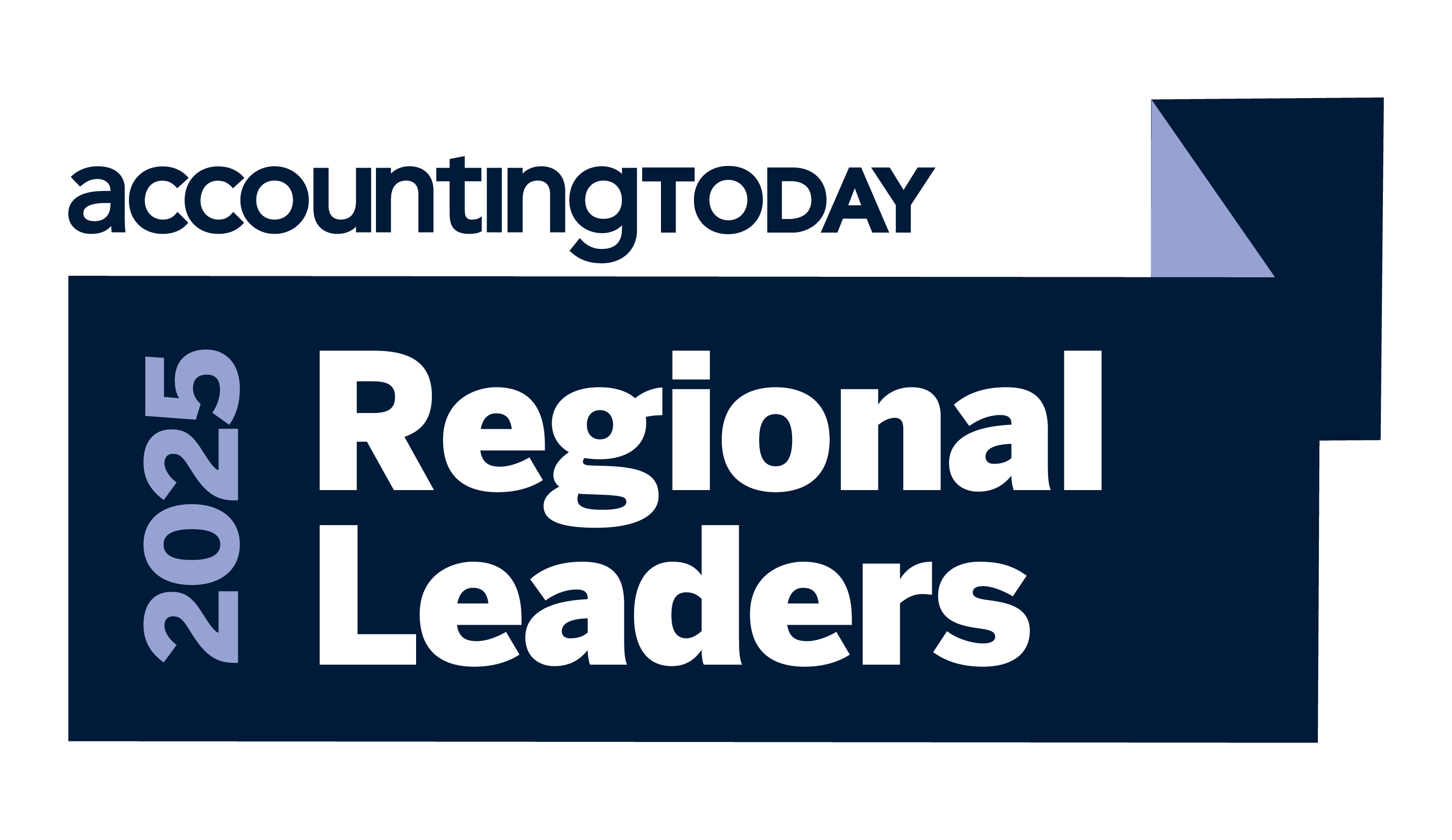Lighting the path forward
We are Abdo: a team of highly responsive advisory partners who bring a deep level of expertise—and an even deeper commitment to understanding your specific needs.
For 60 years our mission has been to serve as proactive problem-solvers, providing partnership and guidance so you can take every step forward with confidence.
Services
Abdo puts decades of focused experience to work for your organization, with our professionals offering a deep-and-broad approach to problem-solving.
HR & Payroll
Our focus on complete, customized solutions leads to innovative ways to address today’s HR challenges.
Tax
Our holistic approach to managing taxes ensures an integration of business and personal goals.
Technology & Data
From user-friendly dashboards to managing software implementations, our experts put the latest advancements in your hands.
Wealth Management
Our partnership with OneDigital integrates best-in-class accounting/tax consulting with top-notch wealth advisory services.

Industries
Industry-specific expertise with farsighted vision
Our team includes individuals with honed skills within specific industries, who are tapped into the latest developments and the landscape ahead.
Insights, Resources & Tools
Find your path to success
Our expertise isn’t just best-in-field: it’s also made accessible through our tools, resources and insightful updates.
About us
Trusted partners through every challenge
Our multi-skilled teams specialize in spotlighting and planning around potential pitfalls, whether it’s staying ahead of changes in tax laws to testing and adapting the newest technologies on behalf of our clients.
Top 25
Accounting Firm in Minnesota
“We’re committed to helping our people grow. And, in turn, we can better assist our clients in their own growth.”
Steve McDonald,
Managing Partner
Top 200
Accounting Firm in U.S.
Our People
Experts. Guides. Catalysts.
With knowledge and care, we help clients navigate efficiently and effectively, allowing them to fearlessly forge ahead and get to exactly where they want to be.
Careers
Join the team
We believe in bringing together a team that leverages different experience levels, skill sets and talents to create a one-of-a-kind organization.

Accelerating growth
On the path forward
In 2024, we were named one of the Fastest Growing Firms by Inside Public Accounting and are honored to be recognized for this accelerated period of development for our firm, our employees, and our clients. We are looking forward to another big year of growth ahead!









